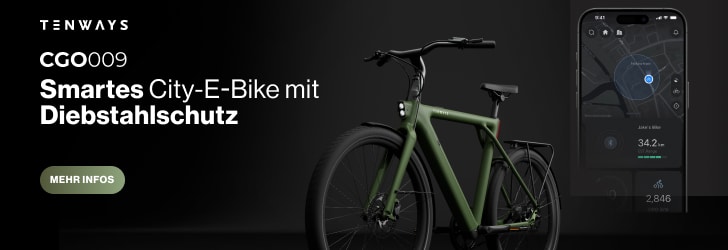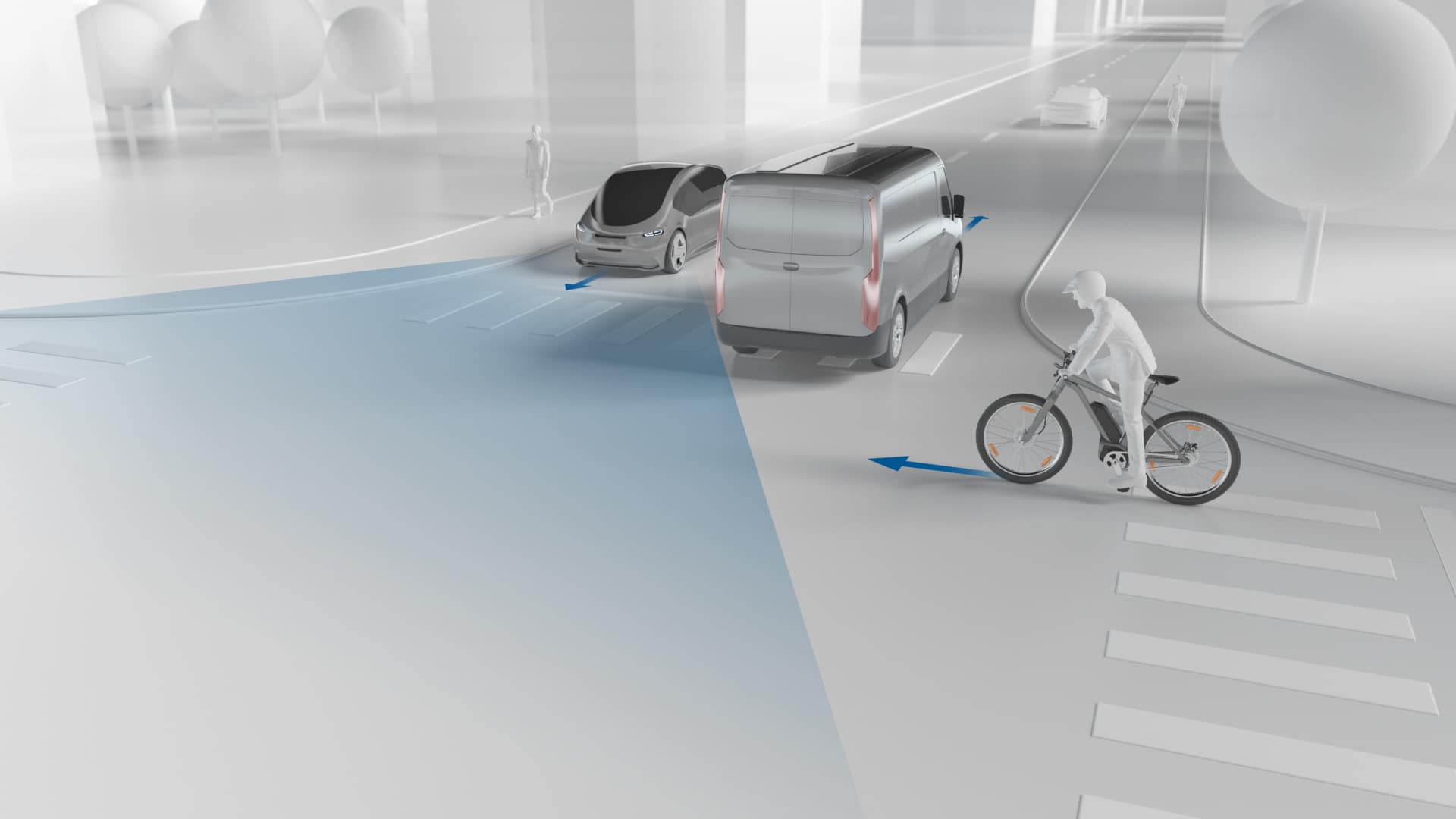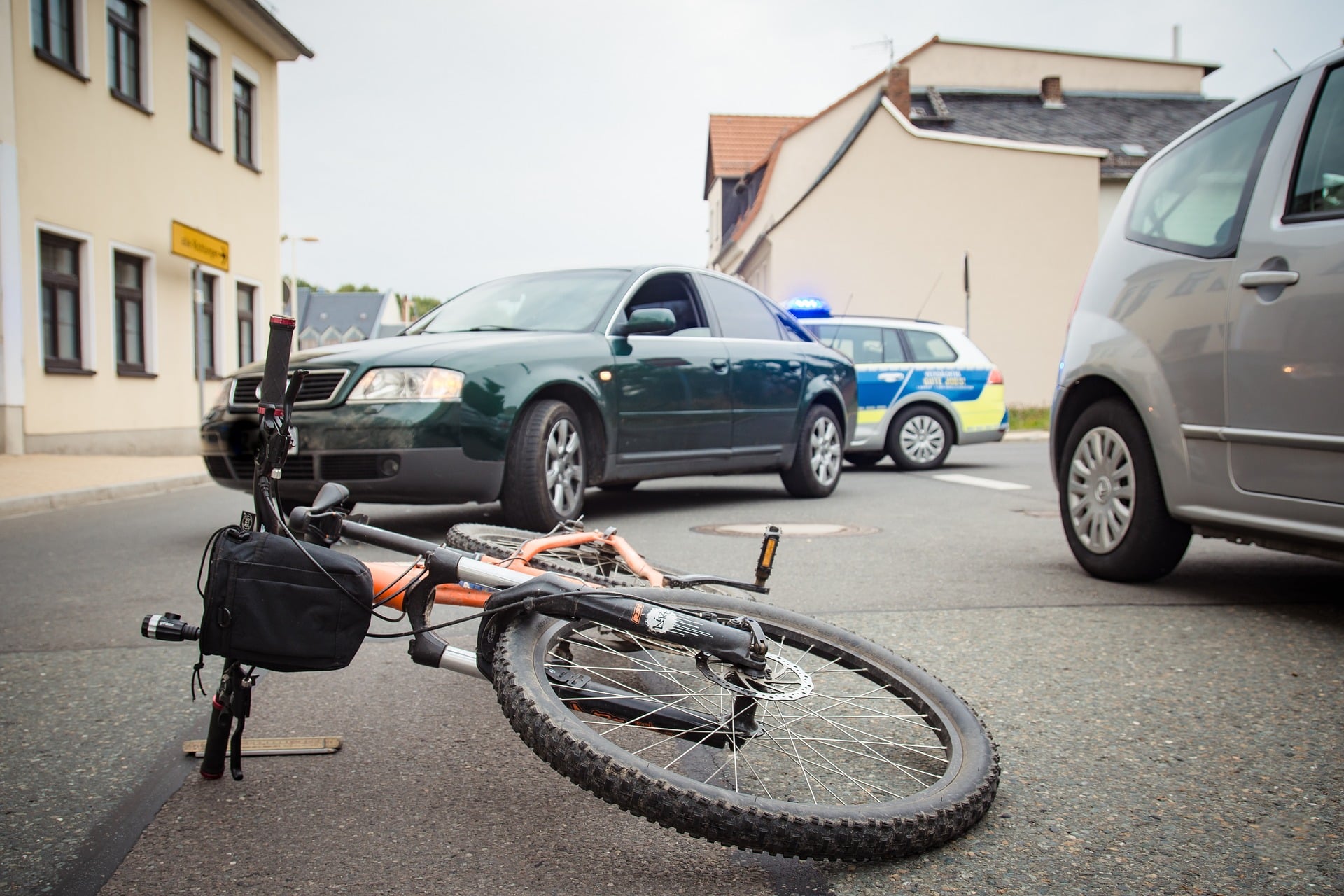Better networks for greater safety: Cyclists and cars will soon communicate directly with each other to avoid accidents. This is made possible thanks to a new technology called C-V2X. Bike manufacturers like Trek, Shimano and Stromer want the “connected everything vehicle” together. Deutsche Telekom is also there.
Read more after the announcement

C-V2X: Fewer bicycle and e-bike accidents thanks to new technology
To increase the safety of cyclists, many bicycle manufacturers plan to use C-V2X technology. This allows direct contact between bike and car to avoid possible collisions. By using a special portion of cellular bandwidth, vehicles can exchange their locations up to ten times per second via the “connected everything vehicle.”
The critical advantage: C-V2X technology transmits important information even when participants cannot see each other directly. This can increase safety at intersections and other confusing places – and in the best-case scenario, even save lives. Other technologies such as cameras and lidar systems are often limited here as they can only capture the immediate surroundings.


To help the C-V2X make significant progress, several bicycle manufacturers have now joined Bosch's Alliance for Cyclist Safety. These companies include Trek Bicycle, Swiss e-bike manufacturers Stromer, and Shimano. Chip manufacturer Qualcomm is there, as are Deutsche Telekom and Telus.
Trek has already gained experience with radar taillights that warn of approaching vehicles. With the use of C-V2X, these warnings can become more comprehensive and accurate.
Read more after the announcement
In addition to bicycle manufacturers, car manufacturers also have to participate. So far, only Audi and Volkswagen Group have publicly confirmed their participation. However, more distribution and standardization by regulatory bodies could make a big difference in the near future.
This is how Qualcomm explains the C-V2X system:
C-V2X: More real-time security
C-V2X primarily uses the mobile phone network so that vehicles, cyclists and pedestrians – as well as traffic lights and signals – can exchange information in real time. Warnings about potential collisions can be sent and received automatically.
The big advantage of C-V2X is the ability to transmit information about obstacles or hazards that lie outside the direct line of sight. In addition, direct and almost instant communication between devices is possible, which does not require a network connection. Thus, road users will not have to rely on the mobile phone network.
Read more after the announcement

“Certified tv guru. Reader. Professional writer. Avid introvert. Extreme pop culture buff.”







More Stories
Samsung Quantum Dot TV: Art meets technology
Pitch: €56m for energy startup Reverion
Plastoplan: Plastics for Energy Transition